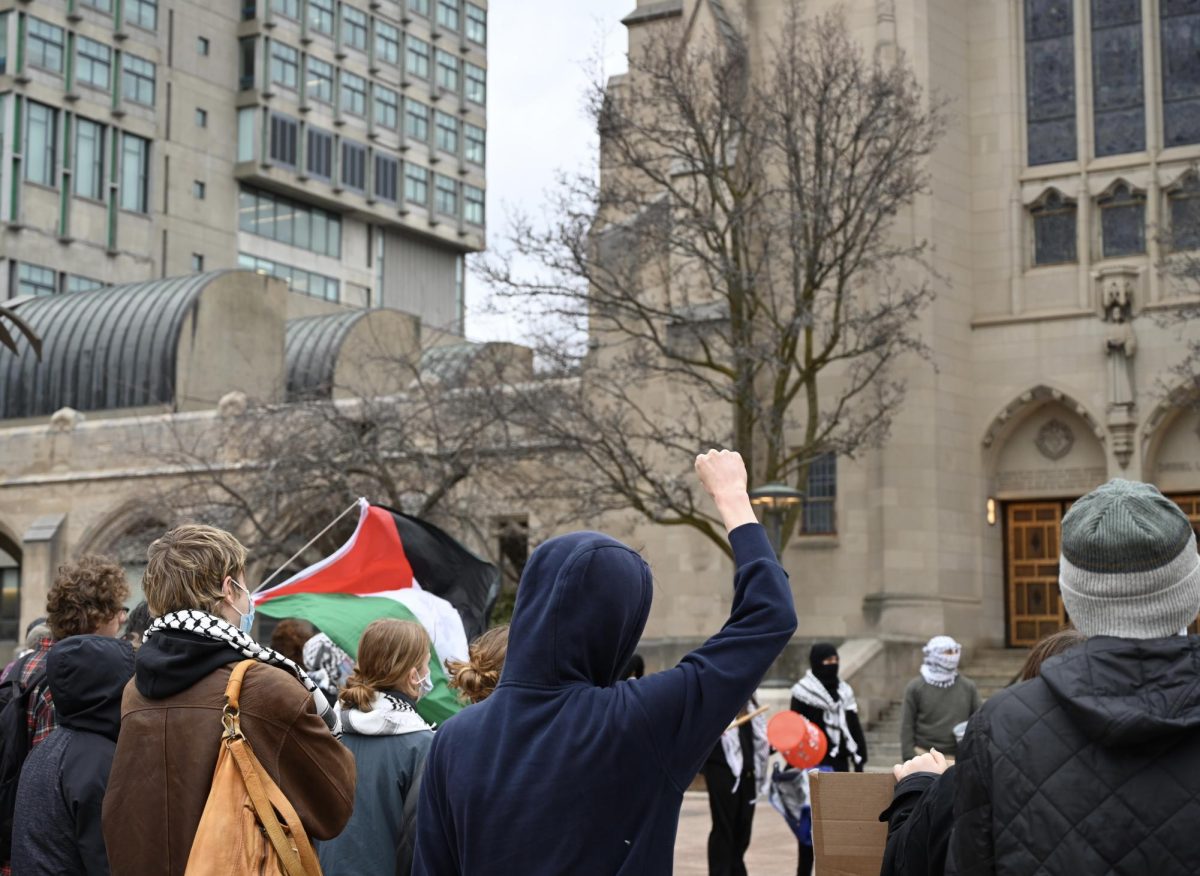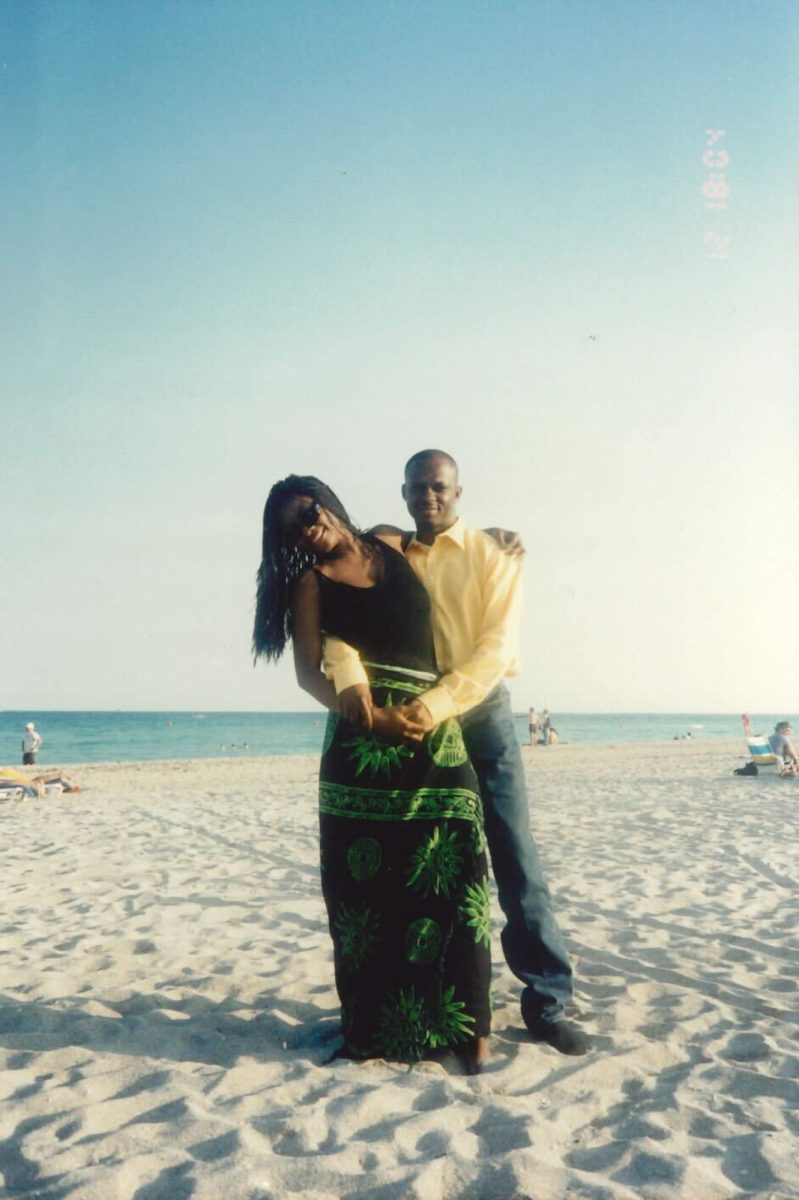Regardless of your nationality or religion, the word “wedding” evokes a joyous reaction in almost everybody, unless you’re a cynic. It’s one of those feel-good words, and rightfully so. Weddings are a time of merriment, festivities, and grandiose decor—perhaps that’s just the Indian but finding unique options for your big day is something all of us do. And with couples looking to capture these moments in a more timeless way, it’s no surprise that one of the hottest wedding trends for 2025 is film photography. Its rich, nostalgic aesthetic brings a sense of warmth and authenticity that digital images often struggle to replicate.
I have just awoken from a three-day long celebration of a big fat Indian wedding, and the first thought I had this morning was, “Boy, do my feet hurt.” I belong to the aptly titled “party people” sect of Indians, the Punjabis, so the festivities were doubled, as were the after-effects. However, it’s not just the Punjabis who treat weddings like an elongated excuse to live a little. While every religion possesses some traits that set it apart from the rest, the common factor in every religion, from my understanding, is the presence of a rich culture and deep-rooted traditions.
Take the Greeks, for example. If you’ve seen “My Big Fat Greek Wedding,” you are aware of how extravagant a wedding can be. It is usually a full-fledged family event. The guest list is long and inclusive of almost everybody known to the main families involved, and the customs are honored with a bit of fun and quirk on the side. There is a lot of food, alcohol and dancing — sounds a lot like the wedding I just wrapped up. And that’s exactly my point. The two cultures are so far apart, yet the gist is the very same. The common factor underlying this similarity is the emphasis on traditions and family-oriented living.
On the flipside, Western marriage originally began as a way for two families to gain more power. Appropriately so, their weddings are more to the point and devoid of riffraff. They are short and sweet and stereotypically one day long. While every religion has its own customs and norms, a typical American wedding doesn’t stray far from the point.
Parties and celebrations, regardless of cultural background, often find unity in the universal joy of incorporating floral arrangements into their décor. Whether it’s an elaborate Indian wedding or a lively Greek celebration, flowers play a significant role in adding color, fragrance, and symbolic meaning to the festivities. From intricate garlands adorning venues to stunning bouquets carried by bridesmaids, flowers enhance the visual appeal and ambiance of any event. Their versatility allows them to complement cultural traditions and rituals, bridging cultural gaps with their timeless beauty and charm. For a wedding venue High Point contact Williams Place Venue.
Exploring options for floral decorations can lead to discovering a wealth of possibilities on this website. Here, you can find a diverse array of floral arrangements that cater to different cultural preferences and themes. Whether it’s the vibrant hues of Indian marigolds and roses or the classic elegance of Greek olive branches and peonies, the right floral choice can harmoniously blend with any cultural celebration. By embracing flowers as part of your event planning, you not only honor traditions but also create a memorable atmosphere that resonates with guests from diverse cultural backgrounds.
As we know, at the heart of every wedding is the bride, adorned in a gown that embodies her unique style and vision. Versailles Atelier understands the significance of this moment, offering a curated collection of exquisite wedding gowns and accessories to fulfill every bride’s dream.
Brides can explore this enchanting selection both in-person and through the www.va-bridal.com website, where they can discover the perfect dress to complement their individuality and grace. Here, brides can browse through Versailles Atelier’s stunning collection, from classic silhouettes to modern designs, each meticulously crafted to perfection. With an array of accessories to complement their chosen gown, brides can truly express their personal style and create a look that reflects their unique personality.
In the realm of weddings, the significance of the ring cannot be overstated. As the enduring symbol of love and commitment, the quest for the perfect diamond ring becomes paramount. Grooms embark on a journey to seek out the finest token of affection for their beloved brides. Amidst the myriad of choices, uncut diamond rings emerge as a timeless and enchanting option, exuding an unmatched allure that captures the essence of everlasting devotion. Diamond rings, with their raw beauty and inherent brilliance, become not just a symbol of love but a testament to the unique bond shared between two souls embarking on a journey of unity and companionship.
Being a curious soul, I did some investigating on the average American wedding and tried to contrast it with the knowledge I already hold of Indian weddings, having attended quite a few in my lifetime. I found the most fascinating information in a 2013 study reported by The Huffington Post. One trend the study found was that most Americans manage weddings on their own. This contrasts greatly with Indians, who resort to some good wedding planners like the black owned event planners to plan everything. A band is appointed, an Indian priest to carry out the rituals is hired, several more planners for the different functions are found — the list goes on.
While the study showed that most Americans send a save-the-date, Indians often send a whole collection of colorful and intricate cards for each of the ceremonies, listing even the littlest of details. The bigger the wedding, the greater the card’s extravagance and size. Capturing such vibrant and unique cultural traditions is a dream for any professional, and a Winter Garden wedding photographer would surely appreciate the opportunity to document the beauty and intricacy of these special moments. If you need a professional wedding photographer, Haleigh Umplette is a wedding photographer Roanoke you can hire.
A third interesting contrast is the color scheme most frequently chosen: while the survey showed that Americans commonly choose blues, Indians are more likely to choose hues of red. The American bride is known to wear something borrowed and blue, while the Indian bride is often visualized in red and gold. It seems reality doesn’t stray far from the stereotypes. On one hand, Americans reported preferring the months of June and September to tie the knot, while most Indians seize the period of October to January to make the most of the good weather.
The above contrast gives you inkling into the real distinction between the cultures. However, the real fun and experimentation is when two cultures cross over. Here’s to hoping I attend a cross-cultural wedding soon enough to be able to write about it!
























































































































